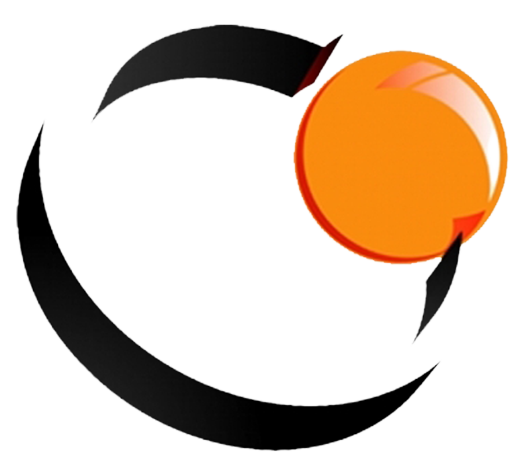Learn how to master them all and set your company up with the tools to ensure continuous knowledge management. Like knowledge itself, the four steps of managing knowledge depend on clear and effective communication. How you utilize your knowledge must be clearly defined in the company's policy and a document that outlines the rules to create, document, and share knowledge assets. The knowledge management policy of a company defines the procedures and processes that employees are required to adhere to on a regular basis. This policy defines how employees utilize the knowledge they've acquired about their knowledge and skills at work and the places they save it so that it is available to all. A well-crafted document management policy can help you develop knowledge maps that provide the structure of your knowledge management processes. Many companies keep their own expertise within their internal knowledge base. As a central repository of knowledge, they are part of a knowledge management software that helps organizations manage and manage knowledge discovery, collection of information, sharing, and application. Knowledge discovery involves practices that facilitate the search for new information, both within and outside of the company and, consequently results in the creation of new knowledge. Every employee not only has access to tools for managing knowledge, they must also be encouraged and welcomed to be a part of the discovery and development. If they are taught something new or relevant employees should be empowered to convert that knowledge into concrete knowledge that is accessible to any employee within the company. A company's policy should contain guidelines to help them do this. For instance, it might provide an example of how to add new knowledge to the base, along with predetermined rules for structuring and formatting. The distinction between explicit and tacit knowledge lies in their actual significance. The former can be difficult to communicate which is why it is difficult to record and use while the latter is documented and is therefore simple to transfer. The explicit knowledge comprises everything you have in your knowledge base. While tacit knowledge comprises every expert or capability utilized by your employees in order to accomplish tasks and resolve problems. The tacit knowledge must be stored and transferred. To accomplish this organizations should establish the best methods to capture the tacit knowledge. The most important thing is to provide the time and resources for converting information from tacit to explicit by capturing an employee's actual knowledge. For example, each employee should be accountable for creating a document detailing the procedures they employ in their daily work. If your annual reports on performance identify a highly contributing customer support representative you should ask them to explain their approach and outline the practices that give the highest customer satisfaction. This applies to employees in each department. So, any potential employee turnover won't affect your company, since every individual's expertise and skills are made clear and added to your knowledge base, which will be available to other employees to utilize. Experience gained from the successful completion of projects and issues that were resolved should be treated in the same manner. Keep any information you have and trust your employees to record the event or project and describe it in detail, as well as supply the strategies, methods, and steps to carry out or react to it. Once the information is stored and recorded, the transfer of knowledge becomes speedier and simpler. From that point, everything is dependent on the management of the knowledge base. While there's no limit to the information you can put in it, you need to make sure it's clean and neat to make it easier to share knowledge. In the first place, any reliable knowledge base needs to be searchable and easy to find. The information must be easy to access and located within minutes, and that's why every resource should be organized into suitable categories and subcategories and be searchable with the right keyword, tag, or even parts of text. Without a set of guidelines to create a consistent method to incorporate tacit knowledge into a knowledge base the information you store is likely to be messy and the information stored inside would not be able to be used. An outline for writing knowledge-based articles allows all employees to write down the information they have learned, share it with others, and communicate the knowledge they have gained from their experience and what they've discovered in the course of their work. To make it more transferable and easier to apply in the event of need, make use of various knowledge base sources. Instead of using a single template, you can create several of them for different reasons, such as creating guidelines, how-to, and issue articles, as well as FAQs. Take note of the structure of your article, since any knowledge-based article of any type should provide information in a tidy and searchable format. Utilize a step-by-step format to simplify the problem-solving process, demonstrate diverse scenarios and solutions by using bullet points, and use the power of context-sensitive assistance to give more details, and meet the needs of different levels of the users' prior knowledge.
Knowledge management policy
Tools for managing applicable knowledge
Knowledge discovery and creation
Knowledge capture
Knowledge Sharing
Knowledge Use


How do you get to manage your knowledge
Knowledge is thought to be the most valuable asset organizations possess. The process of finding, acquiring, organizing, and utilizing collective knowledge is not just an intricate one however, it is also continuous and repetitive. The management of knowledge can be broken down into four distinct procedures, each having a significant impact on the capacity of a company to succeed, grow, and grow.
Let's discuss and work together for your project.
Just drop us line on info@oceaninfotech.co.in or just say HI in chat box, We would love to hear from you.

